Monika Seisenberger
QUCE: The Minimisation and Quantification of Path-Based Uncertainty for Generative Counterfactual Explanations
Mar 14, 2024Abstract:Deep Neural Networks (DNNs) stand out as one of the most prominent approaches within the Machine Learning (ML) domain. The efficacy of DNNs has surged alongside recent increases in computational capacity, allowing these approaches to scale to significant complexities for addressing predictive challenges in big data. However, as the complexity of DNN models rises, interpretability diminishes. In response to this challenge, explainable models such as Adversarial Gradient Integration (AGI) leverage path-based gradients provided by DNNs to elucidate their decisions. Yet the performance of path-based explainers can be compromised when gradients exhibit irregularities during out-of-distribution path traversal. In this context, we introduce Quantified Uncertainty Counterfactual Explanations (QUCE), a method designed to mitigate out-of-distribution traversal by minimizing path uncertainty. QUCE not only quantifies uncertainty when presenting explanations but also generates more certain counterfactual examples. We showcase the performance of the QUCE method by comparing it with competing methods for both path-based explanations and generative counterfactual examples. The code repository for the QUCE method is available at: https://github.com/jamie-duell/QUCE.
On Understanding the Influence of Controllable Factors with a Feature Attribution Algorithm: a Medical Case Study
Mar 23, 2022


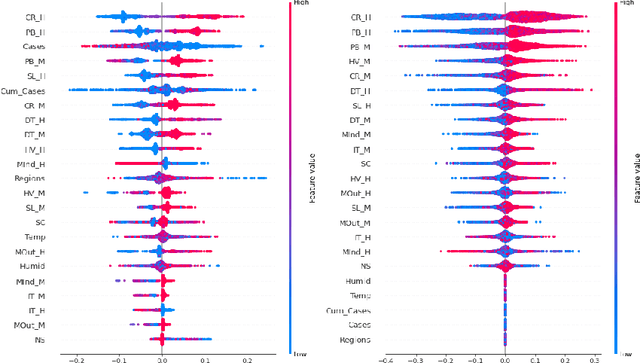
Abstract:Feature attribution XAI algorithms enable their users to gain insight into the underlying patterns of large datasets through their feature importance calculation. Existing feature attribution algorithms treat all features in a dataset homogeneously, which may lead to misinterpretation of consequences of changing feature values. In this work, we consider partitioning features into controllable and uncontrollable parts and propose the Controllable fActor Feature Attribution (CAFA) approach to compute the relative importance of controllable features. We carried out experiments applying CAFA to two existing datasets and our own COVID-19 non-pharmaceutical control measures dataset. Experimental results show that with CAFA, we are able to exclude influences from uncontrollable features in our explanation while keeping the full dataset for prediction.
Towards a Shapley Value Graph Framework for Medical peer-influence
Dec 29, 2021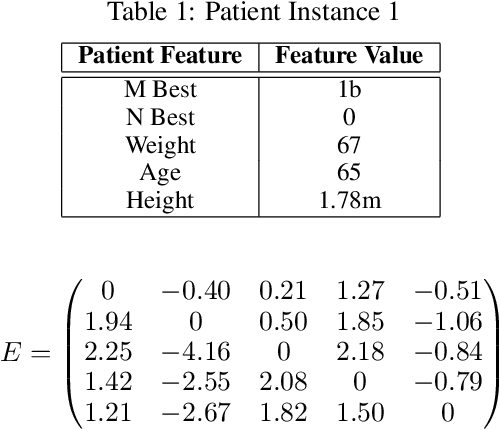



Abstract:eXplainable Artificial Intelligence (XAI) is a sub-field of Artificial Intelligence (AI) that is at the forefront of AI research. In XAI feature attribution methods produce explanations in the form of feature importance. A limitation of existing feature attribution methods is that there is a lack of explanation towards the consequence of intervention. Although contribution towards a certain prediction is highlighted, the influence between features and the consequence of intervention is not addressed. The aim of this paper is to introduce a new framework to look deeper into explanations using graph representation for feature-to-feature interactions to improve the interpretability of black-box Machine Learning (ML) models and inform intervention.
Adaptive Neighbourhoods for the Discovery of Adversarial Examples
Jan 22, 2021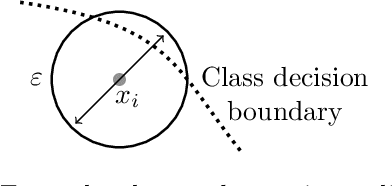
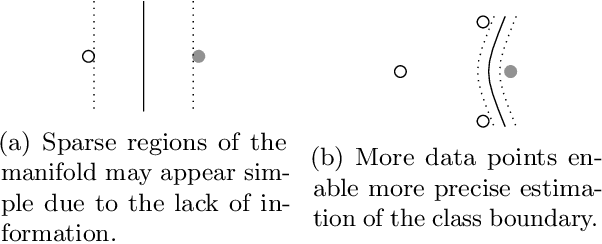
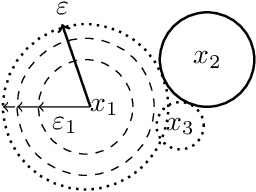
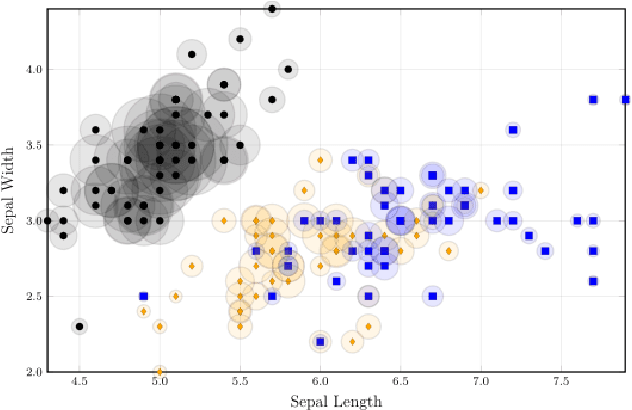
Abstract:Deep Neural Networks (DNNs) have often supplied state-of-the-art results in pattern recognition tasks. Despite their advances, however, the existence of adversarial examples have caught the attention of the community. Many existing works have proposed methods for searching for adversarial examples within fixed-sized regions around training points. Our work complements and improves these existing approaches by adapting the size of these regions based on the problem complexity and data sampling density. This makes such approaches more appropriate for other types of data and may further improve adversarial training methods by increasing the region sizes without creating incorrect labels.
 Add to Chrome
Add to Chrome Add to Firefox
Add to Firefox Add to Edge
Add to Edge